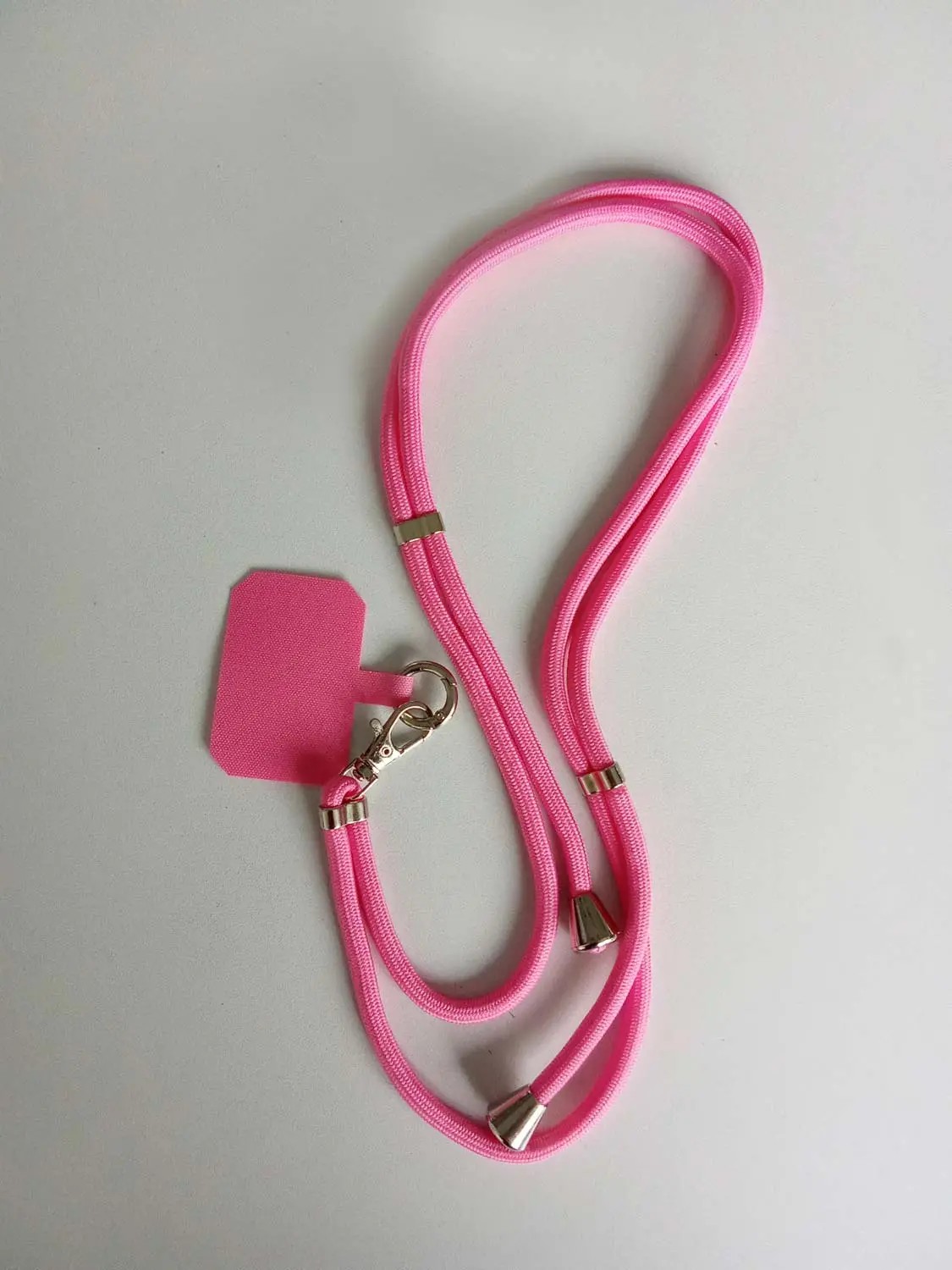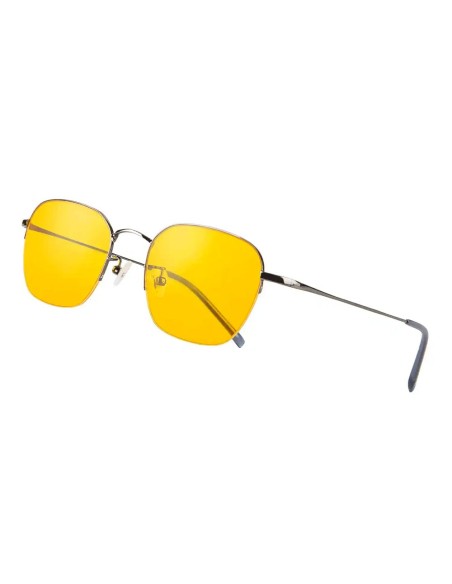PRiSMA glasses – KAHLA LiTE95 anti-blue light – KL704
PRiSMA glasses – KAHLA LiTE95 anti-blue light – KL704. Best possible protection of the retina and blue light receptors.
Product information "PRiSMA Bluelightprotect glasses KAHLA Anti-blue light LiTE - KL704".
LENSES: PRO95. Maximum protection against blue light of 95% up to 500nm and 80% in the blue-green spectrum up to 550nm thanks to the amber-colored, fully anti-reflective BluelightProtect LiTE95 filter with a light transmission of more than 75% - scientifically developed in Germany.
APPLICATION: Ideal for prolonged screen work, pre-stressed eyes and especially in the evening and at night, when the body and hormonal system have a very sensitive reaction to blue light. BENEFITS: Best possible protection of the retina and blue light receptors to prevent sleep deprivation and sleep disturbances, maximum blue light protection for pre-stressed and damaged eyes, minimization of negative effects of use nocturnal screens.
FRAME: Slender, aerodynamic half-frame metal frame for a strong look with a marked outline. DESIGN: An elegant look highlighted by curved and flexible metal temples for an individual fit. Heavy-duty metal hinges for wear-proof opening and closing and adjustable, breathable nose pads for extended, comfortable wear.
Dimensions::
Lens: width 5.0 cm
- height 4.0 cm
Glasses: width 14.0 cm
- height 4.0 cm
Frame: length 14.5 cm
Item weight: 17 g
Features:
- LiTE Filter: Maximum 95% blue light protection at 500nm
- Very high light transmission
- Better color rendering
- Regenerative near-infrared translucency
- 7 super anti-reflective layers
- Super tough layer for lens protection
- Easy to clean
- UV400 protection
Time to protect your eyes!
Computer screens are not as harmless as people think.
The flickering frequencies that are barely perceptible to the naked eye and the large amount of optical radiation and electromagnetic waves interfere with our vision and are most likely harmful to our eyes.
LED flat screens contain a high proportion of blue light.
This abnormal proportion of blue light not only causes more difficult vision, but also has a damaging effect on the metabolic processes observed in scientific experiments on eye cells.
















